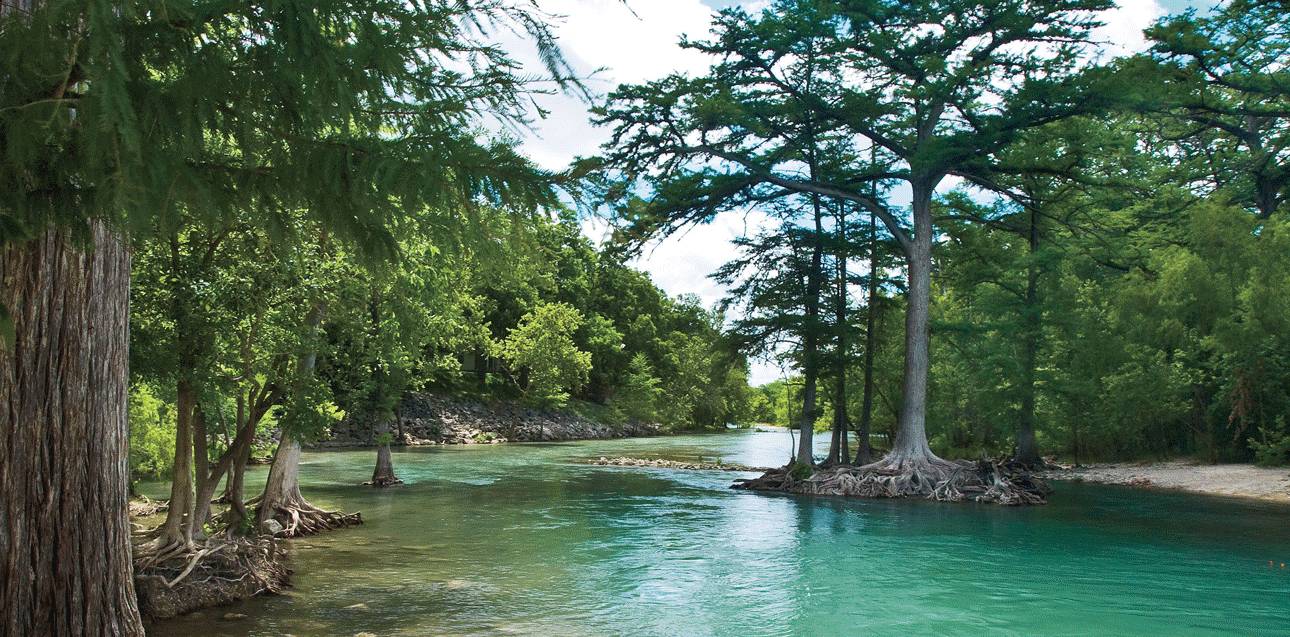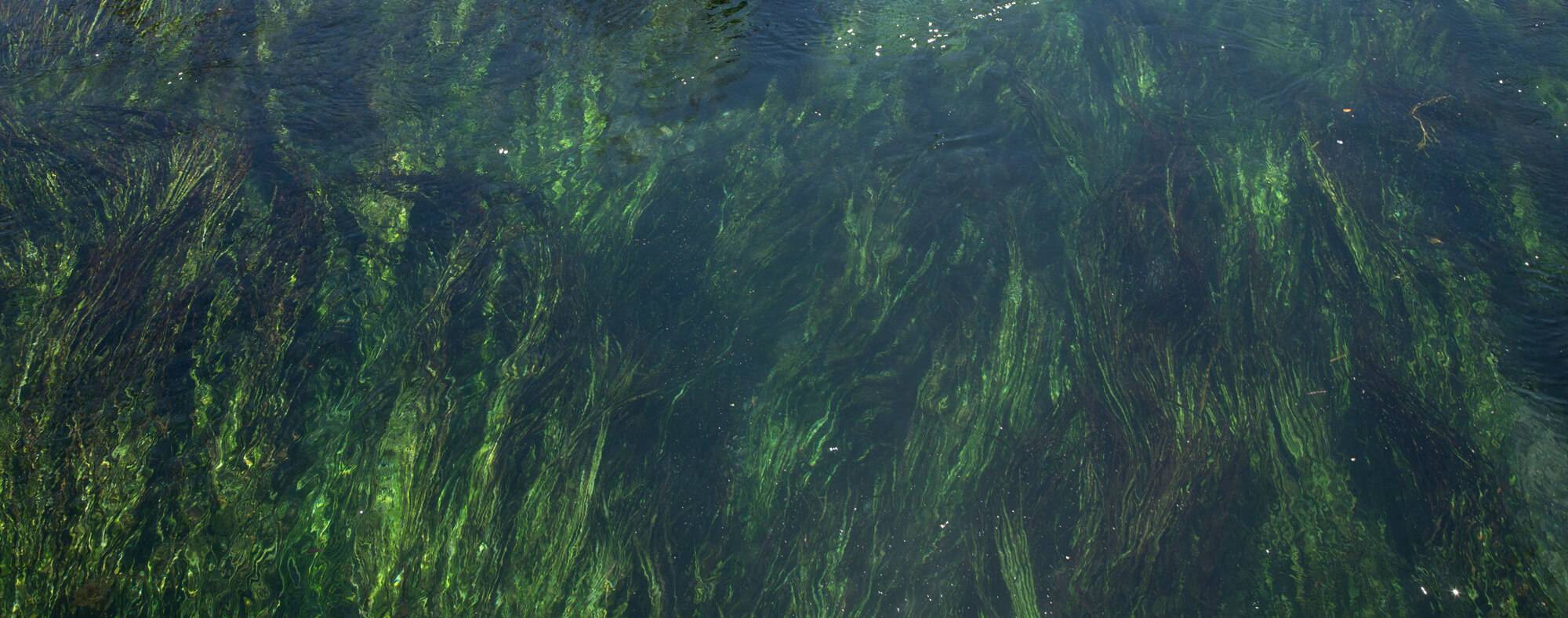How Much Water in the Guadalupe River Basin?

Project Summary
Over the past several years, the Meadows Center's “How Much Water is in the Hill Country?” research efforts have focused on developing baseline groundwater-surface water interaction and water quality data on Onion Creek, and the Blanco and Pedernales Rivers to gain a clearer understanding of the complex hydrogeology of Hill Country rivers, aquifers and springs.
The limited geographic focus in the Hill Country was by design since the groundwater-surface water interactions were largely unknown. The results from our findings to date have helped quantify how much of the surface flows of the rivers come directly from groundwater and vice versa. These findings have direct relevance to many communities that rely on Hill Country streams and rivers as the source of their drinking water and livelihood as well as aquatic organisms living in the river.
In 2019, the Meadows Center expanded its research to the Guadalupe River Basin, from its headwaters to tide waters. The first phase of investigation into the Guadalupe River included a desktop study. Findings indicate that surface water/groundwater interactions are dominated by the flow contribution of the Plateau Edwards headwaters spring system, Comal Springs, San Marcos Springs, Hueco Springs, Pleasant Valley Springs and Jacob’s Well. An analysis of stream gage data indicate decreasing discharge trends since 2000.
The preliminary report identified several data gaps that were further studied in phase two. This next phase found that baseflow has decreased in the Guadalupe River. The climate data was then added with baseflow data, which showed increasing temperature and decreasing precipitation trends in the representative counties that support the analysis.
The implications of these findings help quantify how much of the surface flows of the Guadalupe River and tributaries come directly from groundwater and vice versa. The Hill Country continues to be faced with the ever-growing pressure of depleting surface and groundwater resources in terms of water quantity and quality. These findings have direct relevance to many cities, farmers, landowners, and industries that rely on the Guadalupe River as the source of their drinking water, as well as for agricultural, municipal, and industrial needs, recreation, and critical habitat for fish and wildlife.
There are many organizations performing great work in studying Hill Country rivers and aquifers, but there is little coordination. Through this project, the Guadalupe River flows and its use are better understood which helps develop common goals and, through strength of numbers, works to inform policy makers, allows stakeholders to make informed decisions regarding best management practices, and guides future research efforts to ensure the sustainability of the Guadalupe River and water supply needs into the future.
Project Resources
- Guadalupe River Basin: Strategic Conservation Plan - December 2019
- How Much Water in the Guadalupe? A Baseflow Analysis - December 2019
- How Much Water in the Guadalupe? A Preliminary Data Analysis and Gap Analysis - January 2019
Funder
This project was made possible through the generous support of The Cynthia & George Mitchell Foundation.

